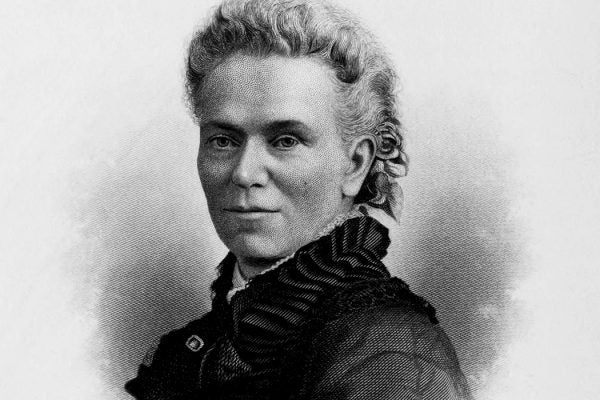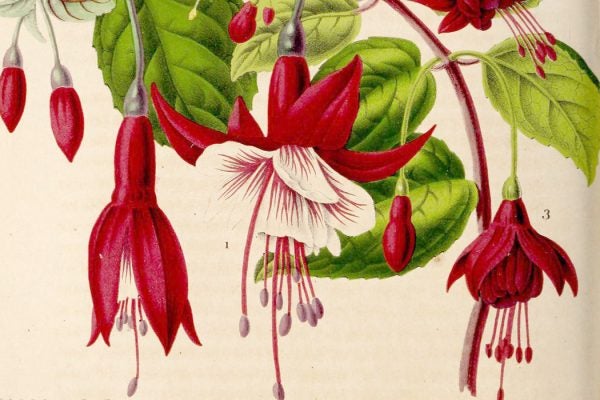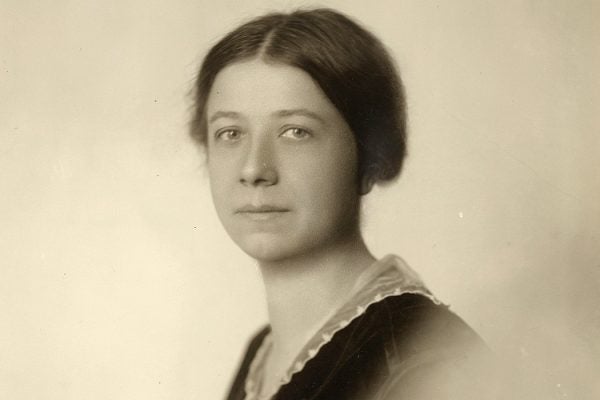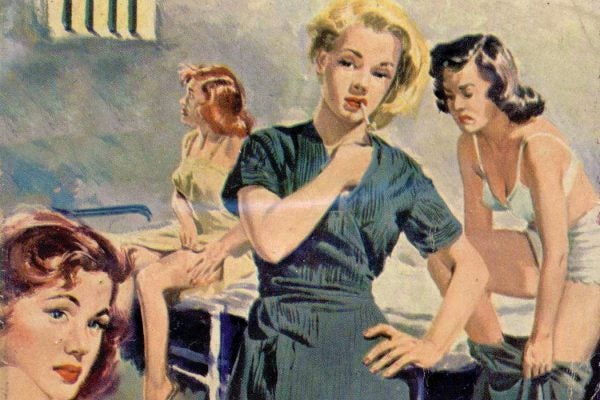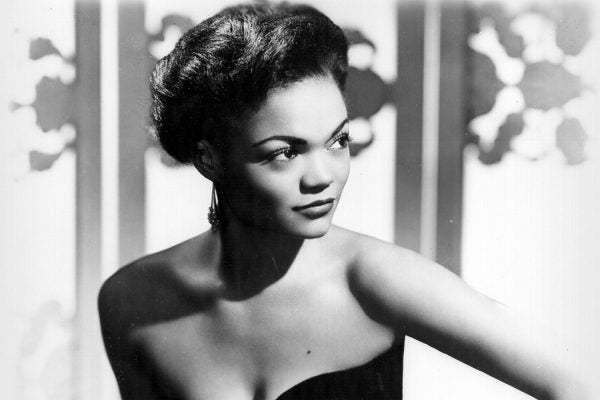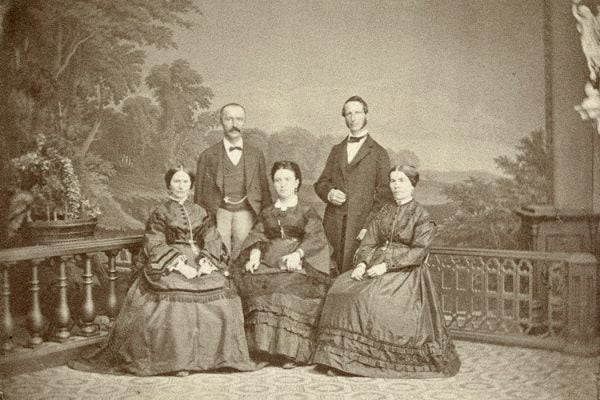Erasing Women from Science? There’s a Name for That
Countless women scientists have have been shunted to the footnotes, with credit for their work going to male colleagues. This is called the Matilda Effect.
Could Venus’s Hell Climate Predict Earth’s Future?
The answer will require a probe that can withstand the planet's heat and atmospheric pressure to send back good data.
How Mary Fields Became “Stagecoach Mary”
Born enslaved, she made her way to Montana and eventually became the first Black woman to deliver mail on a "star route."
How Early Sci-Fi Authors Imagined Climate Change
A century before the modern “cli-fi” genre, many authors envisioned unsettling worlds shaped by man-made climate chaos.
Plant of the Month: Fuchsia
Too popular for its own good? The career of a flower so powerfully beautiful, fashion would inevitably declare it over.
A Comeback for Beavers?
As two researchers found out, rewilding a species can be done in different ways, sometimes with different outcomes.
Mary Beard and the Beginning of Women’s History
She was one half of a powerhouse academic couple and an influential historian in her own right. But she's still often overlooked.
Lesbians in Prison: The Making of a Threat
A scandal at a Massachusetts women's prison marked a change in the construction of the "dangerous" female homosexual.
When Eartha Kitt Condemned Poverty and War at the White House
It was supposed to be a genteel luncheon with the first lady dedicated to discussing crime policy. The chanteuse had other ideas.
Giving Overdue Credit to Early Archaeologists’ Wives
These women labored alongside their famous husbands to produce world-renowned research.
